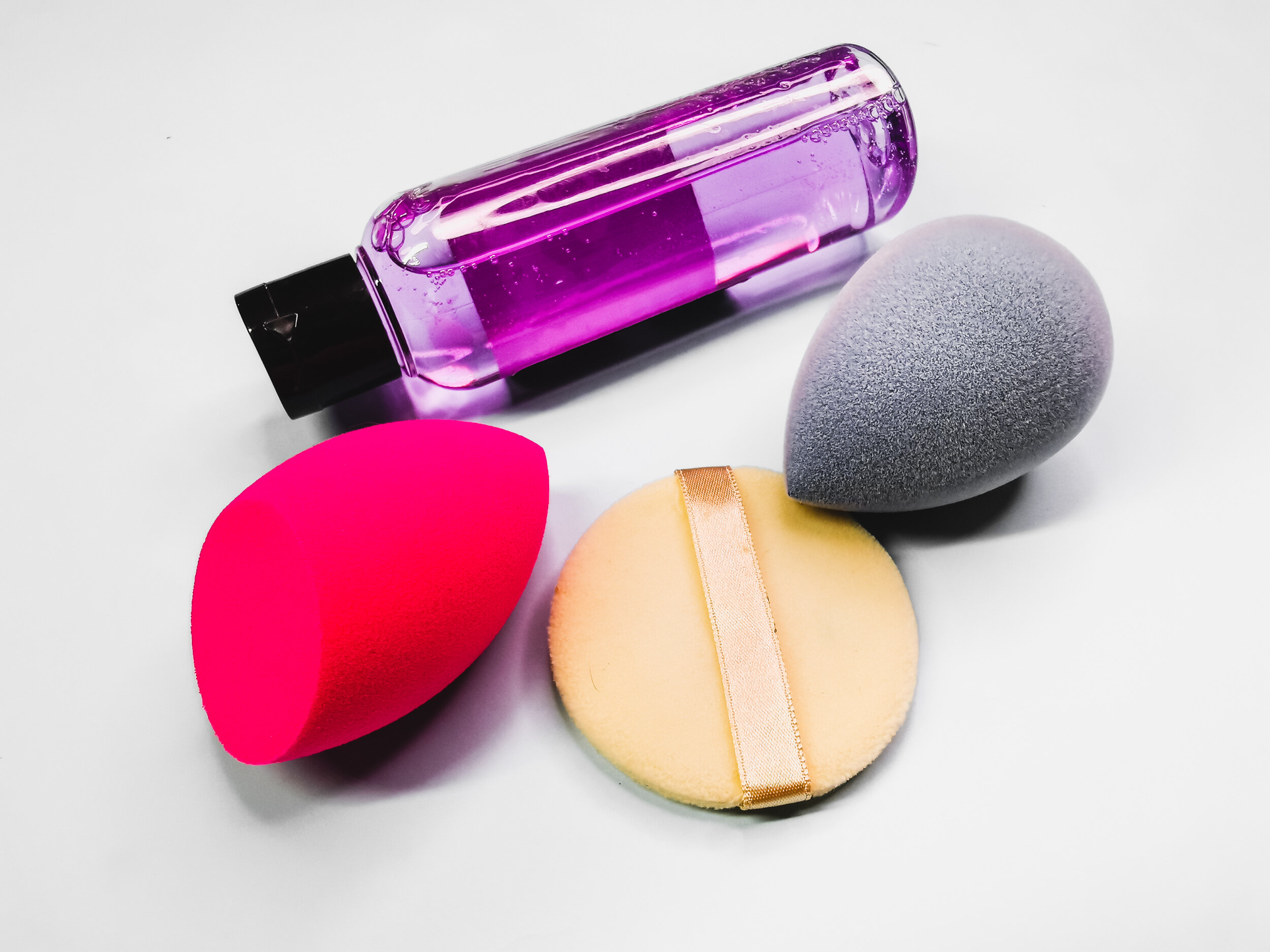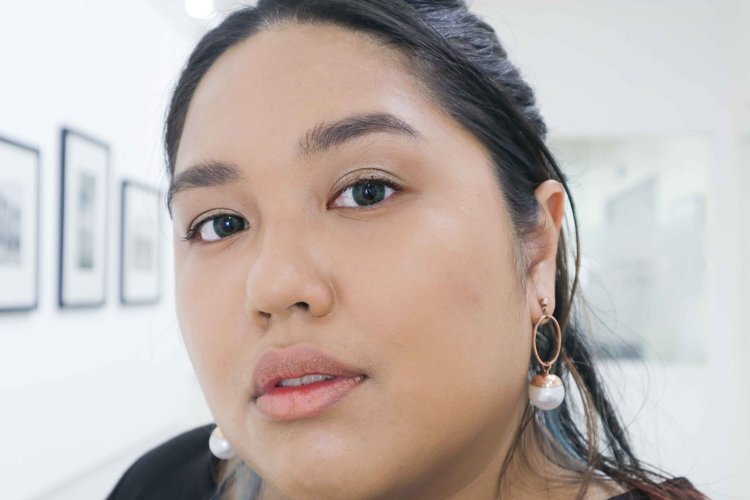Hidden health hazards in your beauty routine (and how to avoid them)
In an ideal world, we get our beauty thing done and leave the salon with a glowing #FOTD, well-manicured nails, perfect hair, and hair-free skin. But did you know that it's possible to go home with something extra and unwanted? Health hazards lurk everywhere, including in the various beauty rituals that we normally enjoy!
Dirty tools and unsanitary work stations are obvious red flags that announce the risk of infection, but there are less obvious things that you should watch out for even in DIY procedures. You should never risk your health for the sake of looking good, so prioritize your safety and watch out for these bad practices.
Makeup
While we may have played with our moms' makeup as kids and borrowed friends' lipsticks in the past, we now know better than to share makeup with anyone. Unfortunately, sometimes people who are supposed to know better, don't.
Our resident professional makeup artist Kristel Yap recommends inspecting your artist’s kit and observing what they do instead of just engaging in small talk. Check if their kits and brushes are clean before letting them touch your face; it's not an unreasonable request and there's no shame in asking to do so. If they look fine but smell funky, the brushes may not have been dried properly after washing. The bad smell is a result of bacteria thriving in the damp brushes.
Speaking of bacteria, make sure that the makeup artist uses disposable tools like sponges, mascara wands, and lipstick wands! Using the original applicator for multiple people leads to double-dipping and cross-contamination, which are worrisome because liquid and cream products are perfect environments for bacteria to grow in.
Beauty Blenders and makeup sponges may be great for blending makeup, but these types of tools aren't meant to be shared. No amount of washing will ever get them clean to the core, so the risk of infection remains. Make sure that disposable sponges are used instead, or else stick to just using brushes.
These precautions aren't extreme when you think of how our faces have so many mucous membranes that can easily be infected. If your MUA isn’t careful, you may get pimples, boils, skin diseases, styes, or even HPV. Politely refuse service if the artist does not comply with proper hygiene standards.
Manicures and pedicures
Trim and polished nails are part of the finer details of good grooming, but were the tools used to clean your nails actually clean themselves? The cleaning process can sometimes leave you with small open cuts, which make you more susceptible to viruses. Even without any wounds, the tools used can transmit viruses that lead to warts, or even Hepatitis B.
It's best to have your own set of tools and bring them during your visit. You can also check if the nail salon uses an autoclave to sterilize the tools in between clients. Alcohol isn't enough, that's why the autoclave is like a pressure cooker that uses very high heat to kill germs and spores. Also, consider building your own nail polish collection instead of "borrowing" from the salon. This even helps to ensure that you have the right polish shade available in case you need to touch up the color!
Hair cuts and treatments
Don't wait to get lice until you learn your lesson! Borrowing and lending hair brushes is a no-no, but what about salon setups? Stylists regularly use tools like combs, scissors, and brushes on multiple clients. A good hair salon should keep these clean and disinfected with Barbicide for safety.
When towels or other fabrics are used, make sure that they are clean and freshly laundered. Not only do stained linens look unsightly, they can also breed germs.
Eyelash extensions
I used to be afraid of getting eyelash extensions and threading because of how near the procedures are to my eyes. Luckily, I decided to give them a try and have enjoyed a great experience so far! Apart from making sure that they can do a good job (reviews from past customers are super helpful), make sure your technician uses sterilized or single-use tools as your eyes can be permanently affected by an infection.
When I had my eyelash extensions done, the technician recommended me to get a new mascara wand to keep them neatly combed and fanned out. She warned me against using old mascara wands as the bristles can be a challenge to properly clean out.
Piercings and tattoos
Tattoos and piercings both involve puncturing the skin with a needle, so it's normal to feel some pain and experience bleeding. It also goes without saying that excessive care and strict hygienic measures must be followed to a T with these procedures.
However, I've learned that the government has no proper regulations, so the local tattoo and body art industry self-regulates instead! They ensure that the artists are up-to-date with certifications like the Blood Borne Pathogen Class, which teaches safeguards to protect workers from blood and potentially infectious materials. Check that the store is accredited by the Department of Health.
Also, opt for a needle instead of a piercing gun. Guns are very difficult to clean, while needles are for one-time use only.
Waxing
When hair is ripped out of the skin by their roots, it can leave a tiny wound just under the skin’s surface. Even small abrasions like this can contract infections, and if you do Brazilian waxing, you may be at risk for sexually transmitted infections (STIs) like herpes as well. Avoid this by having your hair removal services done in a reputable salon with well-trained technicians, and making sure to follow aftercare instructions.
Say no to double-dipping! You can get an infection if the salon reuses spatulas and dips them into a communal pot of wax.
Shaving
If waxing has its risks, shaving has problems as well. You can nick yourself, and the wound may get infected. It's also important to clean and dry the razor well after using it to prevent it from rusting over, or growing bacteria in the dark and damp bathroom.
Contact lenses
This may be stating the obvious but: contact lenses are for your personal use only. We’ve heard stories of how certain beauty insiders have their clients share a single pair of contact lenses. EEK!
Contact lenses are NOT meant to be shared. These go directly on to the eye, and you might get bacterial infection if you decide that sharing is caring!
At the end of the day, it’s always better to be safe than sorry. Thorough research and a lot of preparation can save you from these risks. Before you get your beauty fix done, make sure you’re only going to hygienic, safe, and reputable places!
Do you have any beauty horror stories to share? How do you keep health risks at bay? Let’s chat in the comments section below!
Sources: Bustle, Time Health, Self, American Academy of Dermatology, Texas Medical Center, Hepatitis B Foundation








